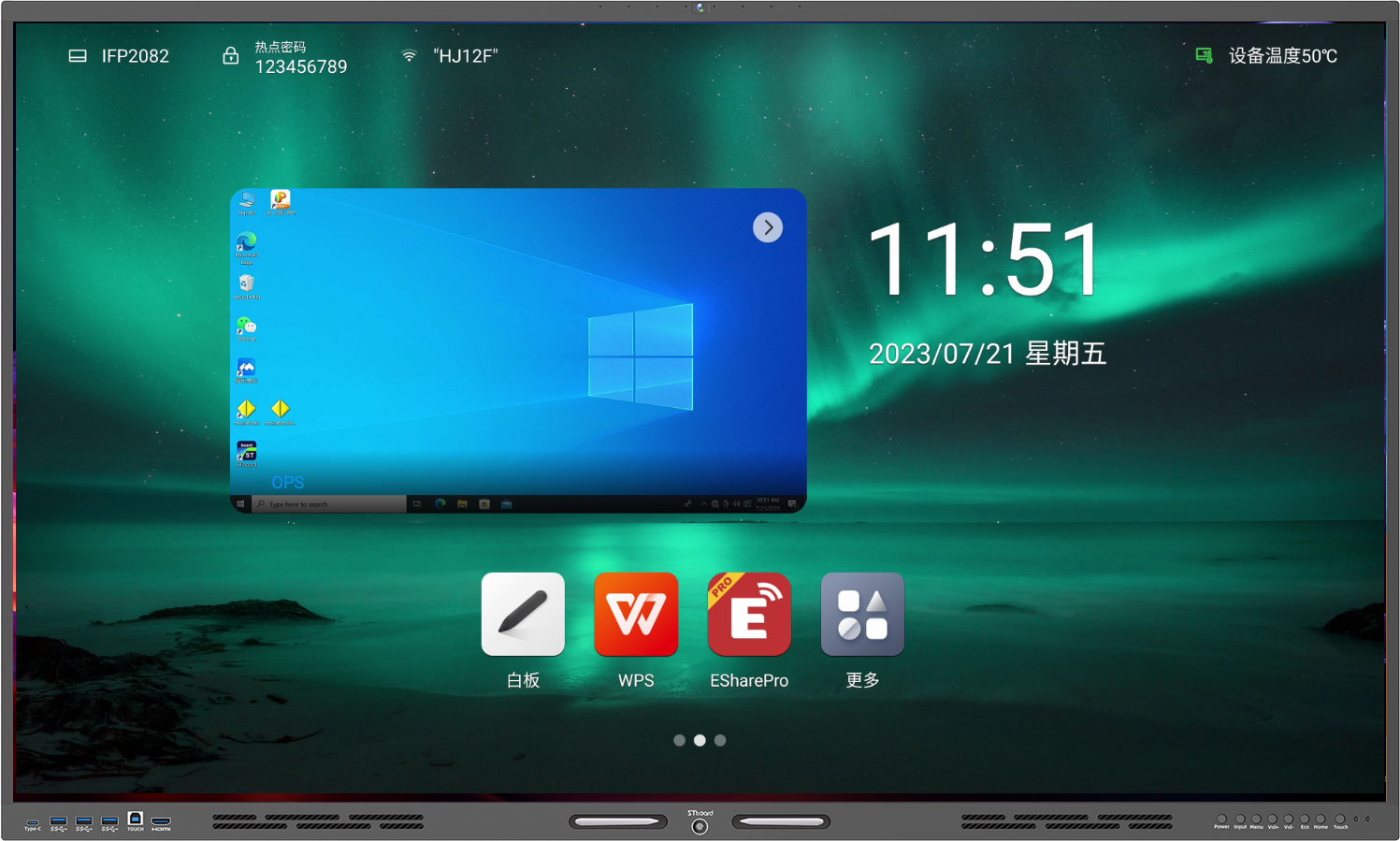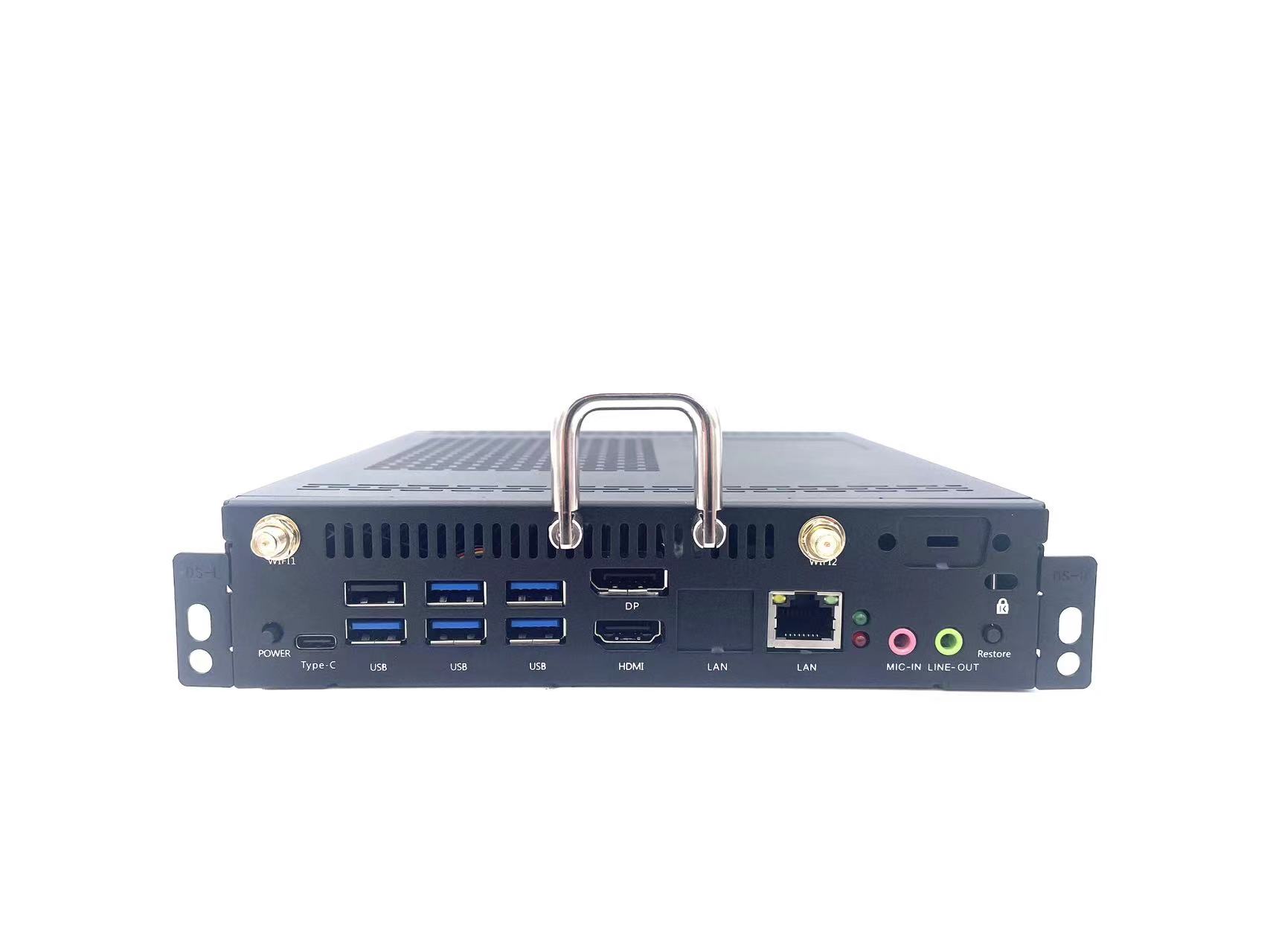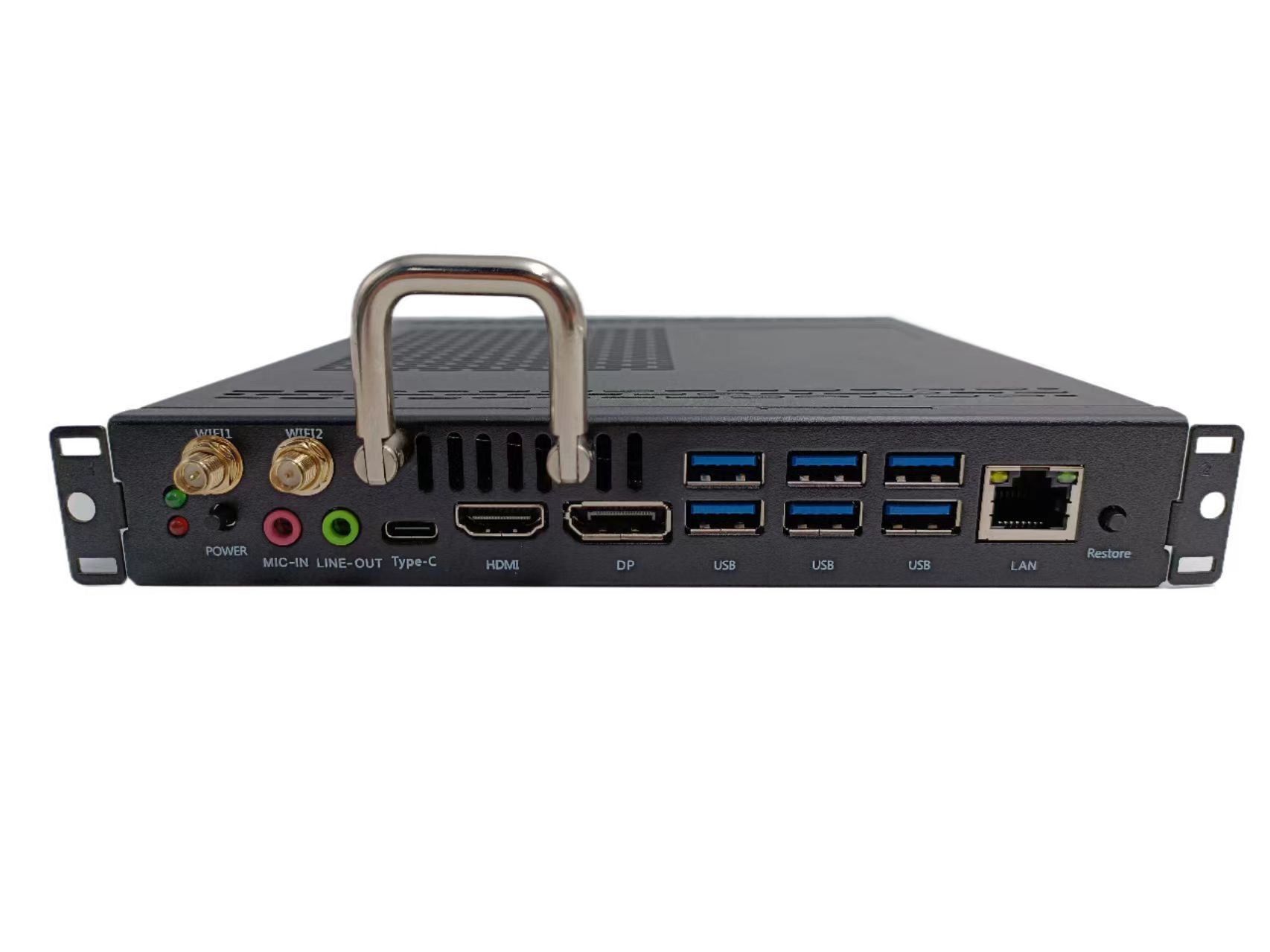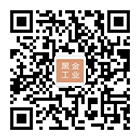There are various display schemes for conference display screens, from projection in the past to intelligent display screens now. The functions of conference display screens are becoming stronger and the display effect is getting better. At the same time, more attention is paid to user experience. Not only is the clarity higher and the screen display effect better, but it can also achieve touch control, multi screen synchronous display and other functions, increasingly meeting the requirements of users for conference display screens with the development of networking and intelligence.
In some conference rooms of enterprises or related departments, a large screen display system that can connect to the internet and achieve high-definition display effects is becoming increasingly important. It can not only achieve remote video conferencing, but also display videos and other images in a more diverse way, and can enlarge the screen display by directly connecting to a computer. In the past, people believed that most users used projectors in conference rooms. However, as is well known, projectors have poor clarity, low brightness, limited screen size, and can only display the content of one computer, which makes projectors increasingly unable to meet the needs of the current intelligent display era. Therefore, more and more conference display large screen solutions have emerged, among which LED display screens, LCD splicing screens, and smart tablets are the three most widely used large screens. Of course, DLP may be used in some occasions, but currently its cost-effectiveness is average, so we no longer recommend it.

1、 LED display screen
LED display screen is currently a widely used large screen product. Due to its seamless feature, the overall display effect is very good, so it is often used in conference rooms. However, considering the resolution, LED screens with smaller spacing are usually used in conference rooms, such as those below P2.
The advantage of LED display screens is that they are assembled from small boards, so the size of the screen can be controlled freely and can be assembled into various shapes such as inner arc, outer arc, circle, etc. Meanwhile, its seamless advantage also ensures that the entire screen display has no visual barriers.
Its disadvantage is that the resolution is slightly low and not suitable for close range viewing. Generally used in some large conference rooms, such as those that can accommodate hundreds of people, LED is very suitable for large screens. Another disadvantage of it is that it is prone to light drops. During installation and use, some light beads often fall off, causing individual pixels to be unable to display content, which can affect the viewer's experience.
If a large screen display is required in some large conference rooms, LED display screens can be used with small spacing as much as possible to ensure the clarity of the image.
2、 LCD splicing screen
LCD splicing screen is a high-definition display screen professionally used indoors, just like splicing several TV screens together, so it has the characteristics of high-definition display. Moreover, the screen resolution is high, so the picture is very clear, especially suitable for playing high-definition video sources. In addition, LCD splicing screens have richer colors, richer layers, moderate brightness, suitable for long-term viewing, and will not cause glare.
The disadvantage of LCD conference display screens is that black edges may appear during screen splicing, which cannot be fundamentally removed and can affect the integrity of the image to some extent.
Considering the characteristics of LCD splicing screens, they are particularly suitable for some small and medium-sized conference rooms, such as some corporate conference rooms. If you want to achieve a display area of around 150 inches, splicing 9 LCD splicing screens is very suitable.
3、 Smart tablet
Smart tablet, also known as touch all-in-one machine, is a large-sized display screen based on LCD technology. Its size can reach 100 inches, but it cannot be spliced and can only be used on a single screen, so its application is limited to small conference rooms. Its advantages are that the screen supports touch control, with dual systems of computer and Android, which can be switched freely. It can directly search for information online or write words as a whiteboard, with powerful functions. At the same time, the smart tablet can move its position without the need for fixed installation, which is relatively more convenient.
Its disadvantage is that the screen is small and can only be used in small meeting rooms, such as conference display venues with less than 10 people.
The above three are common conference display solutions for large screens in conference rooms. Each product has its own advantages and disadvantages, and there is no better word. It can only be said that the corresponding product should be selected according to one's actual needs and installation environment, especially when users are concerned about the clarity, integrity, or other functions of the screen. These are all factors that need to be considered.





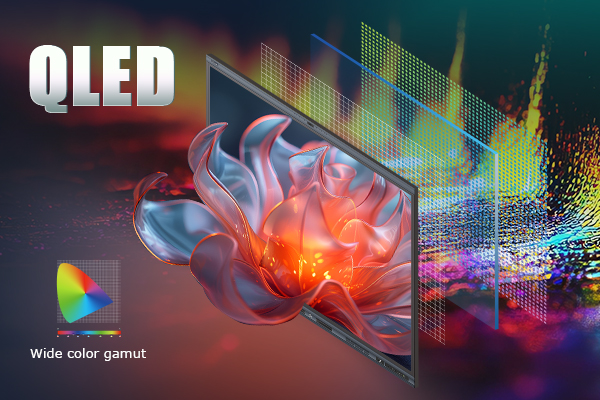

.png)

